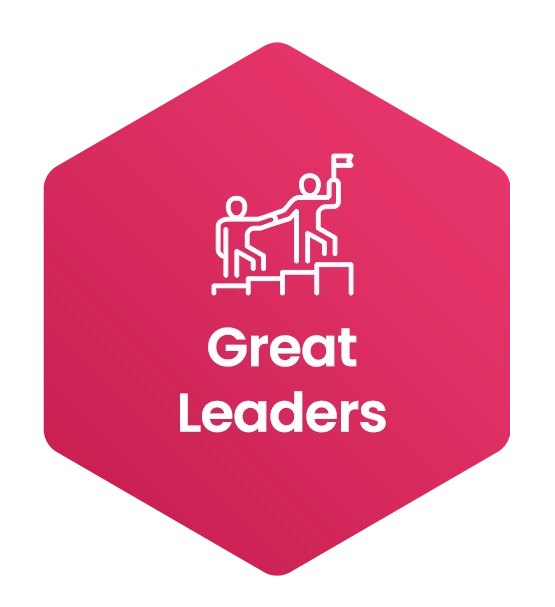
RewardingRelationships
How customer loyalty and employee engagement are intrinsically linked.

At Incentivesmart, Rewarding Relationships is more than just a tagline – it’s the heart of everything we do.
But what does it mean, and why does it matter?
The fastest-growing and best-performing businesses tend to have two key ingredients in common; highly engaged employees and evangelically loyal customers. These two elements are at the core of every thriving company, and our Rewarding Relationships mantra ties them together and establishes their connection to long-term profitability.
To bring this to life, we use the service-profit chain, a proven framework born from studying top service organisations. It translates seemingly “soft” elements like employee engagement and customer satisfaction into measurable, “hard” values. This gives managers a clear path to strategically invest in service and satisfaction improvements, giving businesses a competitive edge. When relationships are nurtured and prioritised, they don’t just grow – they become the driving force behind sustainable success.

So, how exactly does the service-profit chain work?
Let’s break it down step by step, starting from the end result and working our way back.

Profit and growth are driven primarily by Loyal Customers. Several companies have discovered that their top 20% of customers not only generate all of their profit but also offset the losses from less loyal customers. They return to you time and time again, spend more and recommend you to their friends and colleagues.

But how do you cultivate such loyalty? It starts with building a Motivated Sales Channel. Your channel partners are the face of your business and when they’re aligned with your values and fully engaged, they deliver outstanding service to your customers, creating the kind of experiences that keep them coming back.

For customers and partners to stay loyal, they need to feel valued, trust your brand, and consistently enjoy positive experiences. This comes down to having Engaged Employees. When employees love what they do, feel empowered and believe in your brand they become true ambassadors. They embody your mission and deliver exceptional service, which strengthens relationships with customers and channel partners at every level.

So, how do you keep employees engaged and motivated? By creating Great Leaders who effectively communicate your mission, purpose and values clearly and consistently, while providing the right support and recognition to help employees thrive. When employees feel valued and supported, they deliver the kind of results that fuel customer loyalty and business growth.


